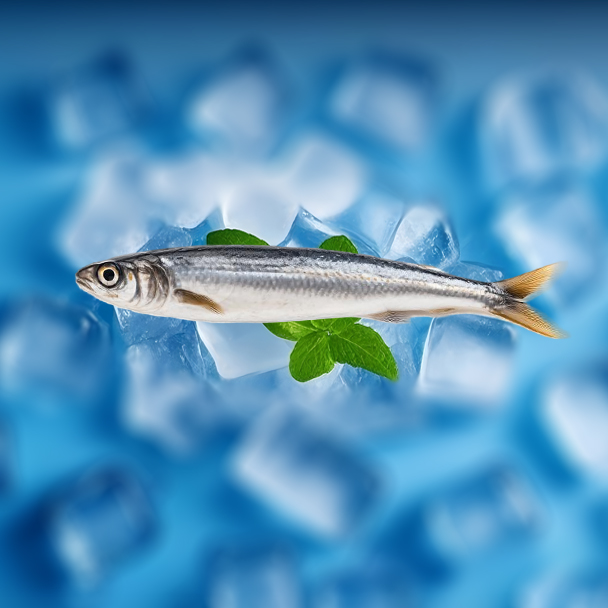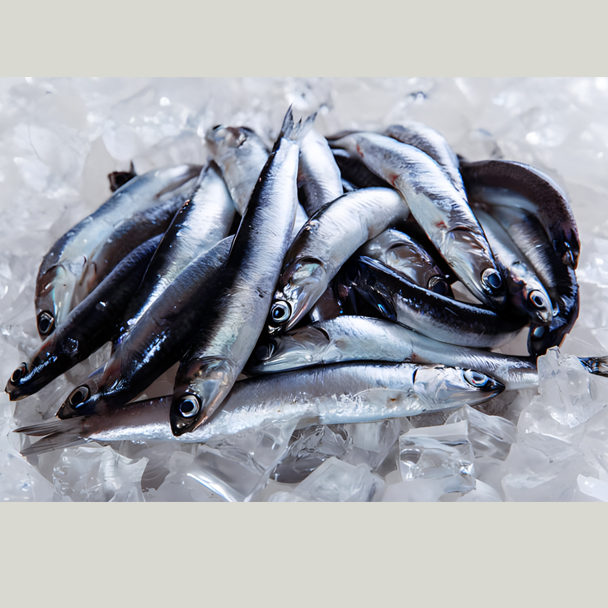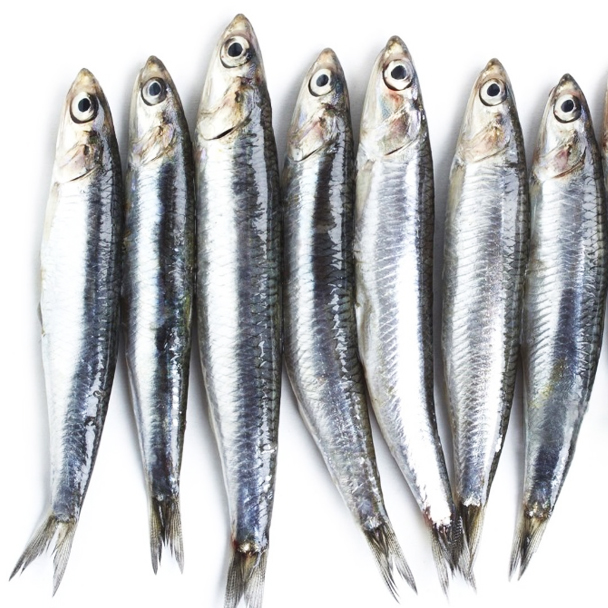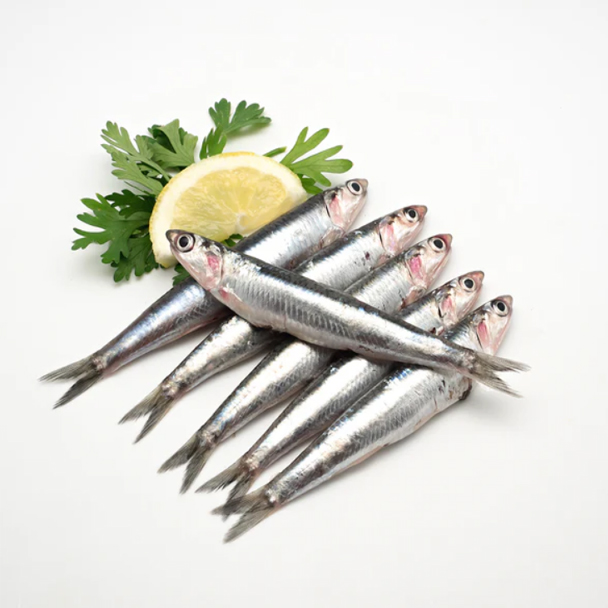








Japanese Anchovy is a small, slender, silver-white migratory fish widely distributed in the Northwest Pacific, particularly along the coasts of Japan, the Korean Peninsula, and eastern China. Belonging to the family Engraulidae, it typically measures around 10–15 cm in length, with a bluish-green back and silvery belly. It is known for its dense schooling behavior and plays a vital role in coastal fisheries.
Japanese anchovy is highly valued for its rich nutritional content, being an excellent source of **DHA, EPA, unsaturated fatty acids, high-quality protein, and calcium**, contributing to brain development and cardiovascular health.
In Japanese cuisine, it is widely used in various forms:
Raw: Served as sashimi or marinated (e.g., soy-marinated or yuzu vinegar-marinated).
Niboshi (dried anchovies): Commonly used to make dashi (soup stock) for miso soup or ramen broth.
Fried or deep-fried: Whole anchovies are often fried until crispy, making a great pairing with sake.
Stir-fried or as a rice topping: Dried anchovies are frequently stir-fried with vegetables or used as toppings for rice dishes.
Thanks to its bold flavor, affordability, and versatility, Japanese anchovy is a staple in home-cooked meals and traditional Japanese dishes.
